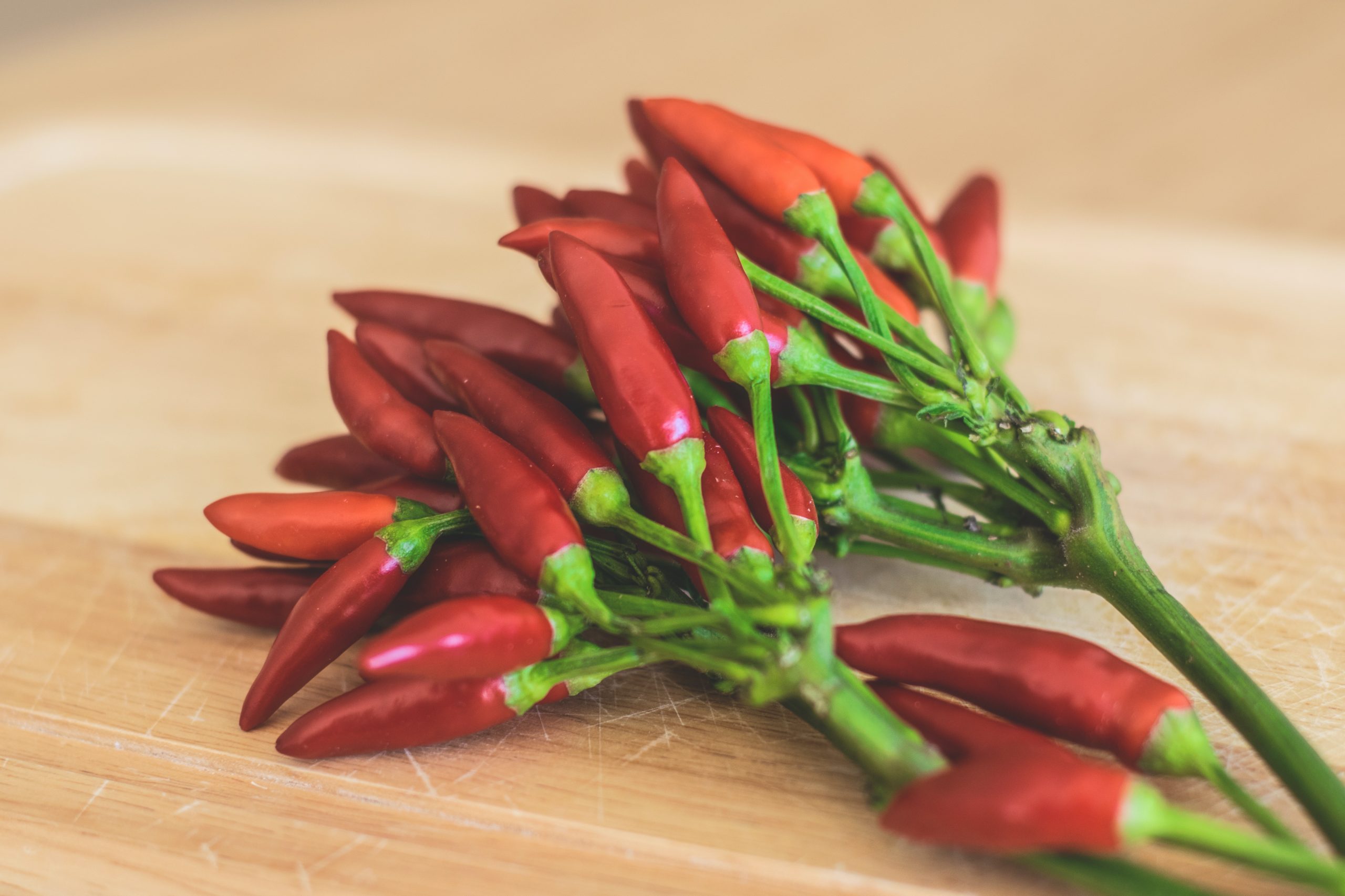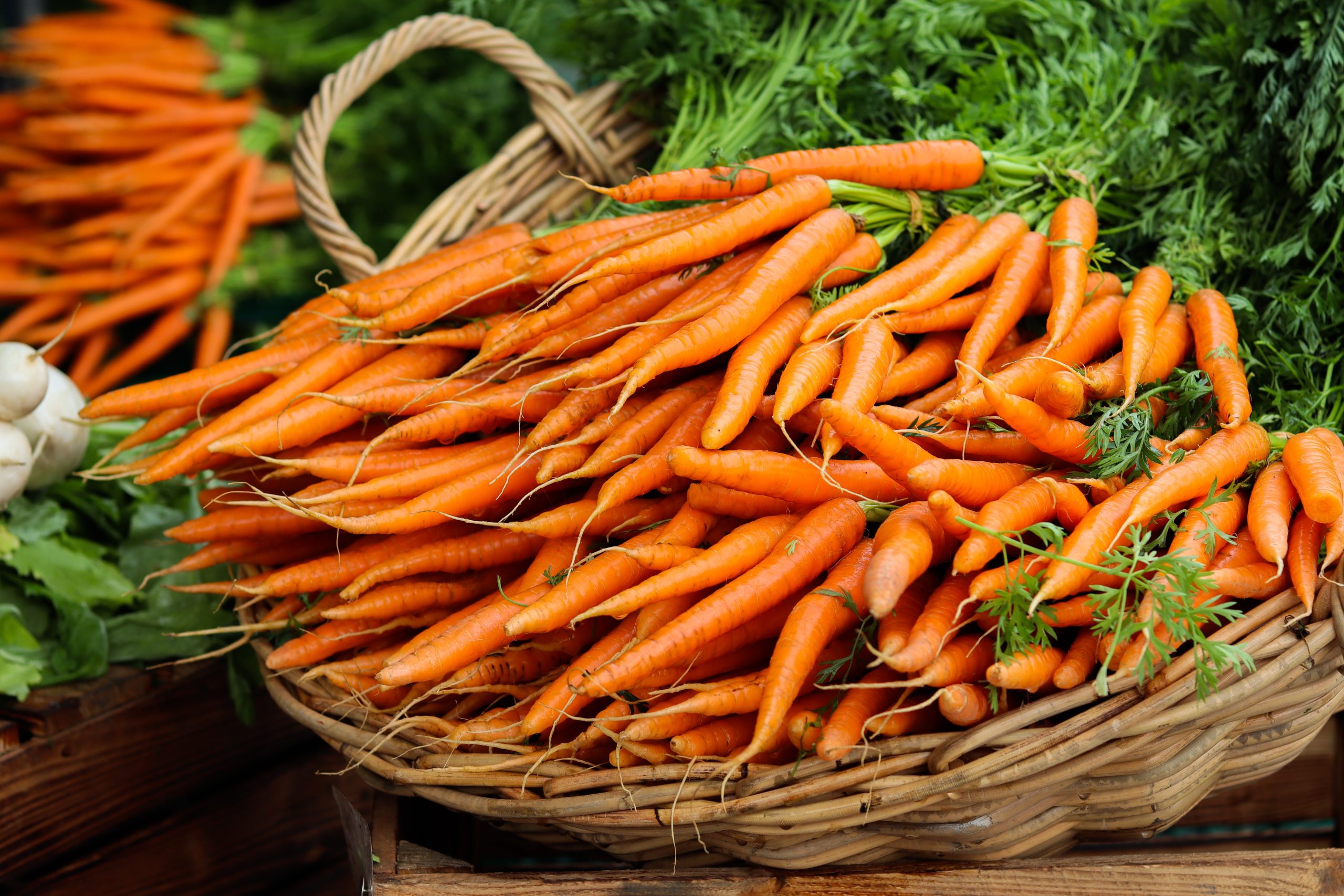
Turmeric is a flowering plant that belongs to the ginger family. It is native to Southeast Asia and is widely cultivated in tropical and subtropical regions around the world. The root of the turmeric plant is used as a spice and is known for its bright yellow color. In cooking, turmeric is commonly used to add color and flavor to dishes such as curries, rice, and soups. It is often combined with other spices such as cumin, coriander, and ginger to create complex flavors. Turmeric has a slightly bitter, earthy taste and can be used fresh, dried, or powdered. Turmeric is also used in traditional medicine to treat a variety of ailments. It has anti-inflammatory properties and is often used to treat arthritis, as well as other inflammatory conditions. Turmeric is also believed to have antioxidant properties and may help boost the immune system. In addition to its medicinal uses, turmeric has gained popularity in recent years as a dietary supplement. Turmeric supplements are often used to treat inflammation, improve cognitive function, and support overall health. Some studies have shown that turmeric may be effective in reducing the risk of certain chronic diseases, including heart disease, diabetes, and cancer.
Overall, turmeric is a versatile and flavorful spice that is used in many cuisines around the world. Its health benefits and medicinal uses have also made it a popular ingredient in traditional medicine and dietary supplements. Whether added to a savory dish or taken as a supplement, turmeric is a delicious and healthy addition to any diet.
How to Grow Turmeric?

Turmeric is relatively easy to grow and can be grown in containers or in the ground. Here are the basic steps to grow turmeric:
- Choose the right turmeric rhizomes: Look for fresh, plump turmeric rhizomes with firm skin. Avoid any that are shriveled or moldy.
- Prepare the soil: Turmeric prefers rich, well-draining soil. Amend the soil with compost or well-rotted manure to improve its nutrient content and drainage.
- Plant the turmeric: Plant the turmeric rhizomes in a container or in the ground, with the buds facing upward. Cover the rhizomes with 2-3 inches of soil and water well.
- Water regularly: Turmeric needs regular watering, especially during the early stages of growth. Water deeply once a week or more often during hot weather.
- Fertilize: Turmeric plants benefit from regular fertilization. Use a balanced fertilizer every 4-6 weeks.
- Control pests: Common pests that can damage turmeric include root-knot nematodes and ginger borers. Monitor your plants regularly and treat with appropriate insecticides if necessary.
- Harvest: Turmeric is typically ready to harvest 8-10 months after planting. Carefully dig up the rhizomes and separate the edible parts from the rest of the plant. Rinse the turmeric thoroughly and allow it to dry in a warm, well-ventilated area.
By following these simple steps, you can successfully grow your own turmeric at home and enjoy its unique flavor and health benefits.
What are the uses of Turmeric?

Turmeric is a versatile spice that has been used for thousands of years in traditional medicine and cooking. It is known for its bright yellow-orange color and distinct flavor, which is slightly bitter and earthy. Here are some of the uses of turmeric:
- Culinary uses: Turmeric is a key ingredient in many Indian, Middle Eastern, and Southeast Asian dishes, especially curries. It is also used to flavor rice, soups, stews, and vegetables.
- Health benefits: Turmeric has been used for thousands of years in traditional medicine to treat a variety of ailments, including inflammation, digestive problems, and skin conditions. It contains a compound called curcumin, which has antioxidant and anti-inflammatory properties that may help to reduce the risk of chronic diseases such as heart disease, cancer, and Alzheimer’s disease.
- Cosmetic uses: Turmeric is often used in cosmetics and skin care products due to its antibacterial and anti-inflammatory properties. It can help to improve skin texture and reduce the appearance of blemishes and dark spots.
- Dye: Turmeric has been used as a natural dye for centuries due to its bright yellow-orange color. It can be used to dye fabrics, paper, and even Easter eggs.
- Traditional ceremonies: In many cultures, turmeric is considered a sacred spice and is used in religious and cultural ceremonies. In India, for example, it is used in Hindu wedding ceremonies as a symbol of purity and prosperity.
Overall, turmeric is a versatile spice with many uses in cooking, medicine, cosmetics, and culture. It is a staple ingredient in many households around the world and continues to be studied for its potential health benefits.


